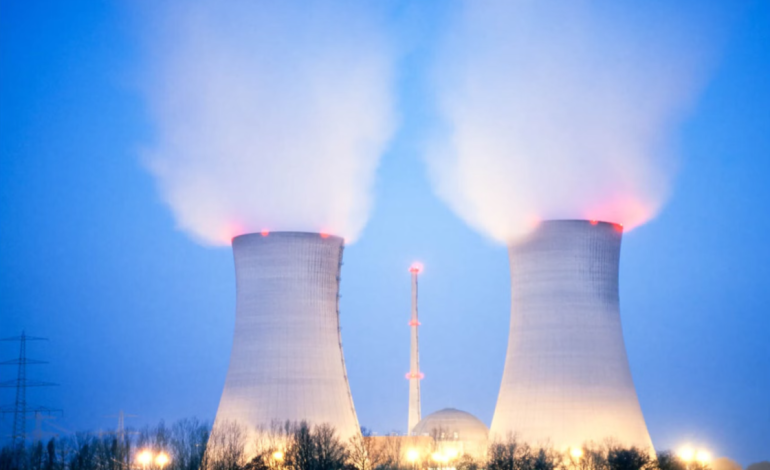As national energy policy shifts to emphasize domestic production and innovation, Wyoming stands at a critical juncture in shaping the country’s energy future, Wyoming Tribune Eagle reports.
With new federal actions aimed at boosting nuclear energy development, state leaders and energy advocates see an opportunity to expand Wyoming’s longstanding role in powering the nation.
Last month, former President Donald J. Trump introduced a series of executive orders designed to reinvigorate the US nuclear sector. These include initiatives titled “Reinvigorating the Nuclear Industrial Base,” “Reforming Nuclear Reactor Testing,” and The stated goal is to strengthen America’s nuclear capacity and reduce reliance on foreign energy providers.
For Wyoming, a top coal producer and an emerging hub for advanced nuclear projects, the timing aligns with ongoing efforts to diversify and modernize its energy economy. The state is currently home to three proposed advanced nuclear reactor projects awaiting federal approval, including the TerraPower Natrium reactor in Kemmerer, which is already under construction. The facility is notable for being developed on the site of a retiring coal plant, allowing a direct transition for local energy workers and supporting the regional economy.
Once operational, the Natrium plant is expected to generate enough electricity to power approximately 400,000 homes. Its design allows for on-demand, 24/7 power generation — a feature advocates argue gives it a critical advantage over intermittent sources like wind and solar, even when paired with storage solutions.
Supporters of nuclear expansion have pointed to the Production Tax Credit (PTC) as a key element in enabling projects like Natrium to succeed. The PTC helps ensure that nuclear energy — often more expensive to build and regulate than other forms of electricity — receives financial support similar to that enjoyed by renewable energy sectors. Backers argue this levels the playing field and makes clean baseload power more competitive in today’s energy market.
Increased energy demand from sectors such as data centers, artificial intelligence, and advanced manufacturing has added urgency to the conversation. These industries require reliable, high-volume electricity — a need some say cannot be met without nuclear energy and modernized grid infrastructure.
Wyoming Senators John Barrasso and Cynthia Lummis have voiced support for nuclear expansion, expressing concerns that federal energy policies under the Biden administration have hindered traditional energy sectors like coal and nuclear. Both senators have called for renewed investment in these technologies to ensure energy reliability and affordability.
Energy officials in the state, including the Wyoming Energy Authority, have warned of potential strain on the national power grid if foundational energy sources are not adequately supported. They argue that while renewable energy will continue to grow, reliable baseload capacity from sources like coal and nuclear is essential to meeting future demand.
As Congress weighs its next steps on tax and energy legislation, proponents of the Production Tax Credit and similar measures see this moment as a turning point. For Wyoming, the combination of experience in traditional energy and investment in nuclear innovation could position the state as a national leader in meeting 21st-century energy challenges.
For more information on Wyoming’s energy initiatives, visit the Wyoming Energy Authority and the US Department of Energy’s Office of Nuclear Energy.








The latest news in your social feeds
Subscribe to our social media platforms to stay tuned